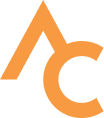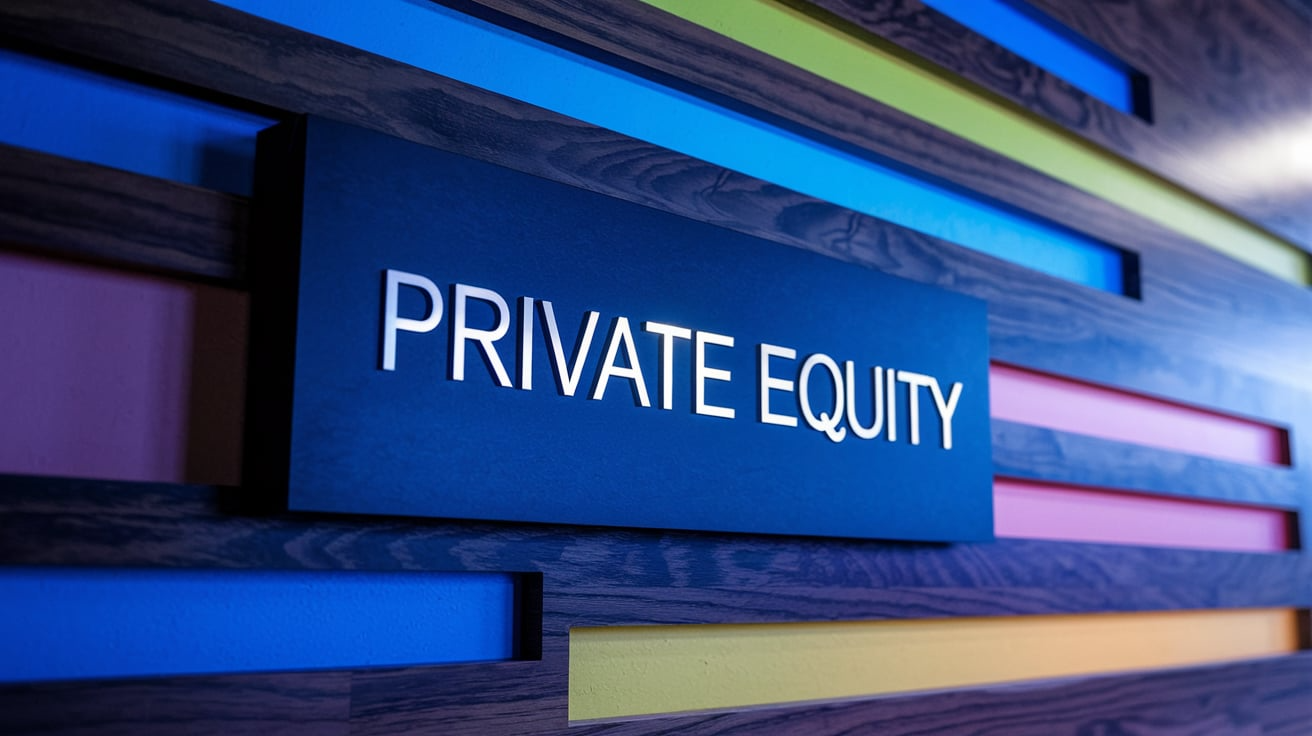The list of social media platforms seems to never stop growing, but there are a few major ones that have been around awhile and have a positive impact on your marketing. When you’re thinking about your marketing strategy, it’s important to recognize that each social platform is different – from the audience to the content types, to the overall atmosphere of the platform, you’ll definitely want to tailor your strategy accordingly.
Here are 5 of the top social media platforms that you’ll want to consider:
This is the largest social network with over 2.6 billion users worldwide. Not only does it allow you to authentically connect with your customers, but it also gives you free access to market research, brand awareness tactics, potential conversion generation, and tools for prompt customer service.
DO: Share relevant content that informs, educates, and entertains your audience.
Facebook allows a lot of different types of content – images, videos, GIFs, links to articles, & more, so use this to your advantage! Vary the types of content you share, and plan to post once per day.
DON’T: Be salesy.
Facebook is all about putting personality and feeling behind your brand, and no one likes being sold to (especially younger generations).
Atmosphere: Laid back, and you should take the opportunity to be genuine with your content. Make your audience feel truly connected to your company – but remember: even the private messages can be screenshot and shared. Always put your professional foot forward and be cautious in how you word things.
With over 112 million users worldwide, Instagram is a photo and video-based platform that offers businesses the opportunity to let customers see into the business with authentic, candid, and quality visuals.
DO: Spend time getting the right lighting and overall aesthetics for the photos and videos.
Look at other brand and business accounts, and you’ll see that their main account pages have a certain look to them. The lighting and colors used are similar, the photos/videos are clear, and a lot of planning goes into creating this type of content. And don’t forget to add quality captions!
DON’T: Share too many text-heavy graphics or low-quality images/videos.
Sometimes using text makes sense, but remember that Instagram is a photo and video platform. Save your content for the caption and keep the imagery as…well…images.
Atmosphere: Laid back, and you should take the opportunity to brush up on your photo and video skills. Aesthetics matter here, and there’s a lot of planning involved to get the right content developed. Remember to format your images and videos into a square when posting on the normal feed, but you’ll need to reformat these for the Instagram Stories.
With over 330 million users, Twitter is a text-based platform limiting users to 280 characters per post. It does allow images, videos, and links to be shared with the content. Hashtags are often added to tweets, which can be used in a couple of ways. They can operate similar to the Dewey Decimal System in the library: as a way to categorize the content of your tweet and chime in on a trending topic. It can also be used to add funny input onto the content you shared.
DO: Spend time following accounts and developing strategy around engagement on trending or industry-related topics.
Twitter is more than just sharing your own content. By following other accounts, especially ones related to your industry, your feed will be filled with easily shareable content. It’s also important to engage with other accounts and respond to the things you’re tagged in.
DON’T: Overkill with too many hashtags.
Try to limit yourself to 2-3 hashtags per tweet or else it’ll look too much like spam. They also count toward your character count. There are a lot of tools and guides online to learn more about hashtag best practices and how to find relevant ones to use.
Atmosphere: Fun, quick wit, informative – it’s important to remain professional, but Twitter is a great platform for having a little fun, interacting with your audience, and plugging into trending topics that are relevant to your brand.
With over 660 million users in more than 200 countries and territories across the globe, LinkedIn is a professional network at its core. Most users are creating a LinkedIn profile to develop a virtual resumé that gives detailed insight into their job skills and past experience. But don’t let that deter you from building out a strategy. Become an industry expert by sharing content you write, share articles related to your industry, share what it’s like to work at the business, and network with other businesses and professionals too. Don’t overlook this opportunity goldmine.
DO: Write your own content that helps leverage you as a subject matter expert or leader in your industry.
You may need to work on building a following first if you’re new to this platform, but once that following is established, unique content is going to perform well. Professionals on LinkedIn are very interactive on the platform and looking for insightful content to share.
DON’T: Share memes or heavily controversial opinions or content.
You should probably be careful with this type of content anyway, but especially here. This is a very professional-oriented platform that could make or break your reputation with potential applicants or local businesses. Be informative and engaging while maintaining professionalism.
Atmosphere: Professional, and you should take the opportunity to seize networking opportunities. This platform is full of professionals that can help you build your brand, there’s a lot of quality content to share, plus it’s a great platform for searching and vetting potential employees.
With over 367 million users, Pinterest is the go-to platform for building virtual inspiration boards, finding how-to guides on crafts and other activities, and sharing quality product images. Spend time developing strategy behind the categorized boards you create, and make sure to follow and share relevant content to the boards you create.
DO: Think outside the box.
I know this one is a little cliché, and you should probably always be doing this in marketing, but Pinterest allows you to really step outside of your industry bubble to develop boards loosely related to your business. It’s more of a branding initiative anyway, so have some fun with it!
DON’T: Share generic product/service-related images with a link to your website.
I’m not saying you can’t share images of your products or services, but if you do, be strategic with it and recognize that generic product images you see on an e-commerce website aren’t going to resonate with Pinterest users. Like Instagram, they need to be creative and aesthetically pleasing to garner any attention.
Atmosphere: Crafty (that IS an atmosphere, right?) – this platform is full of how-to guides, inspiration, and awesome aesthetics for planning and creating boards for projects. Like Instagram, the aesthetics are important, and you should take the opportunity to really let your brand shine with informative and/or inspirational content.
As you can see, there are things these platforms have in common, but the ways in which they vary can make or break your success on the platform. Make sure you’re well-versed in the platforms you incorporate into your marketing strategy, and most importantly, always be authentic on your social media platforms.






